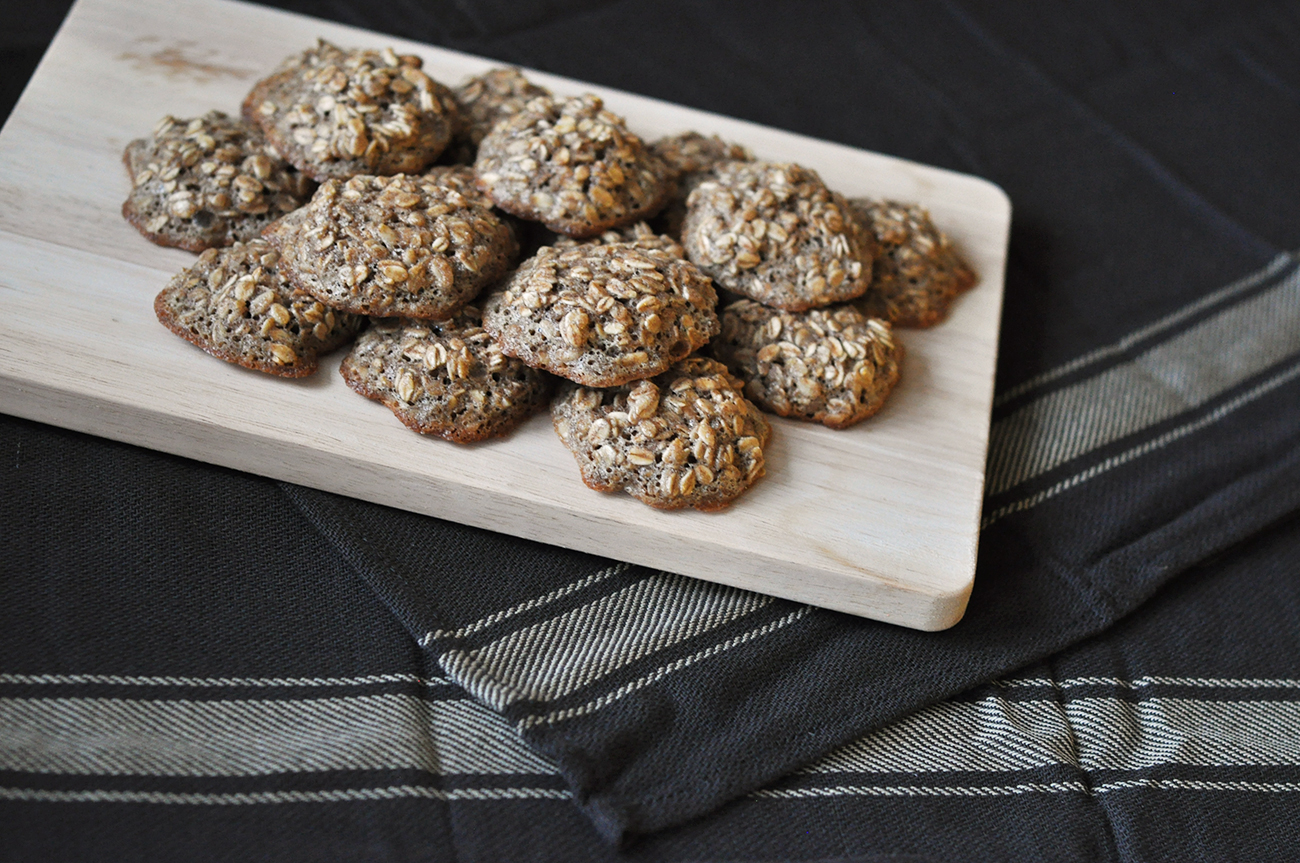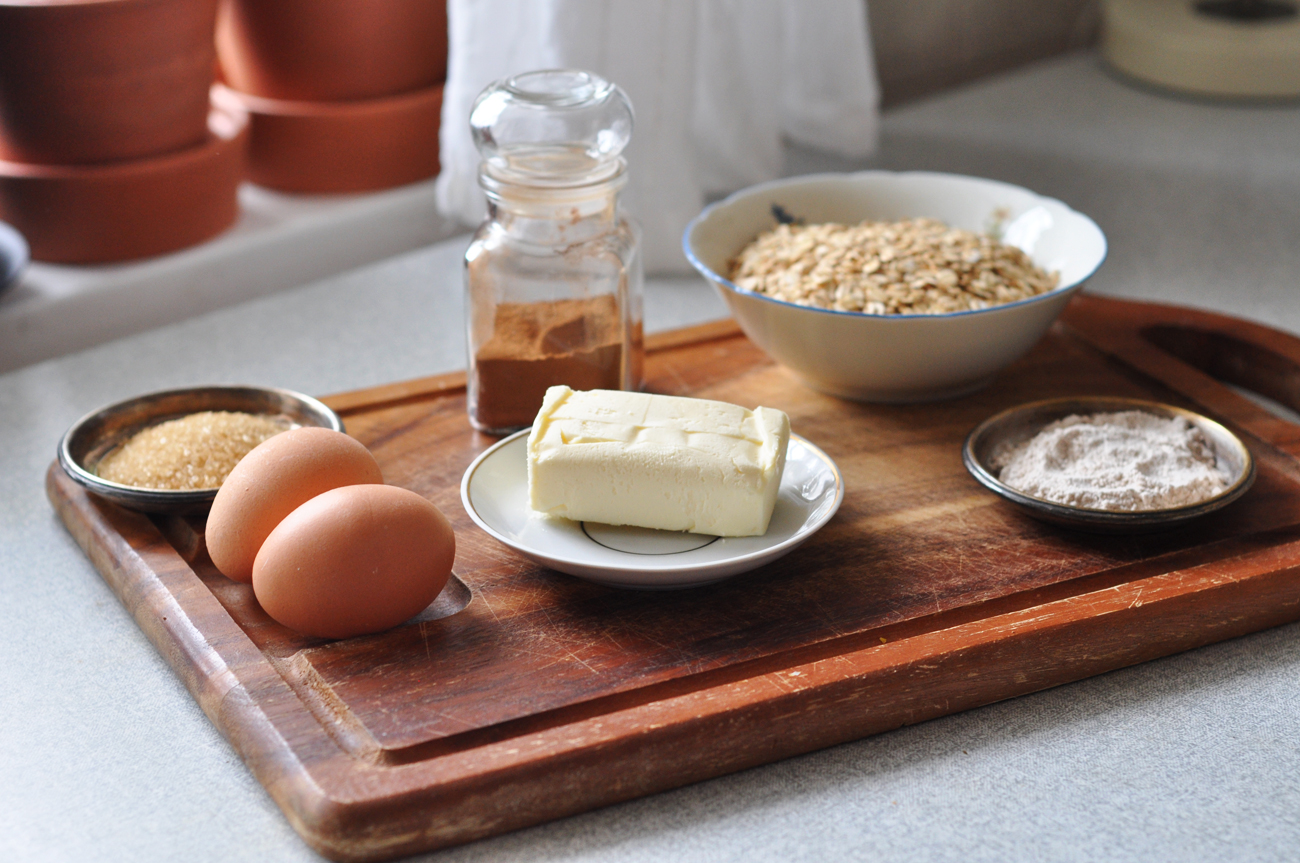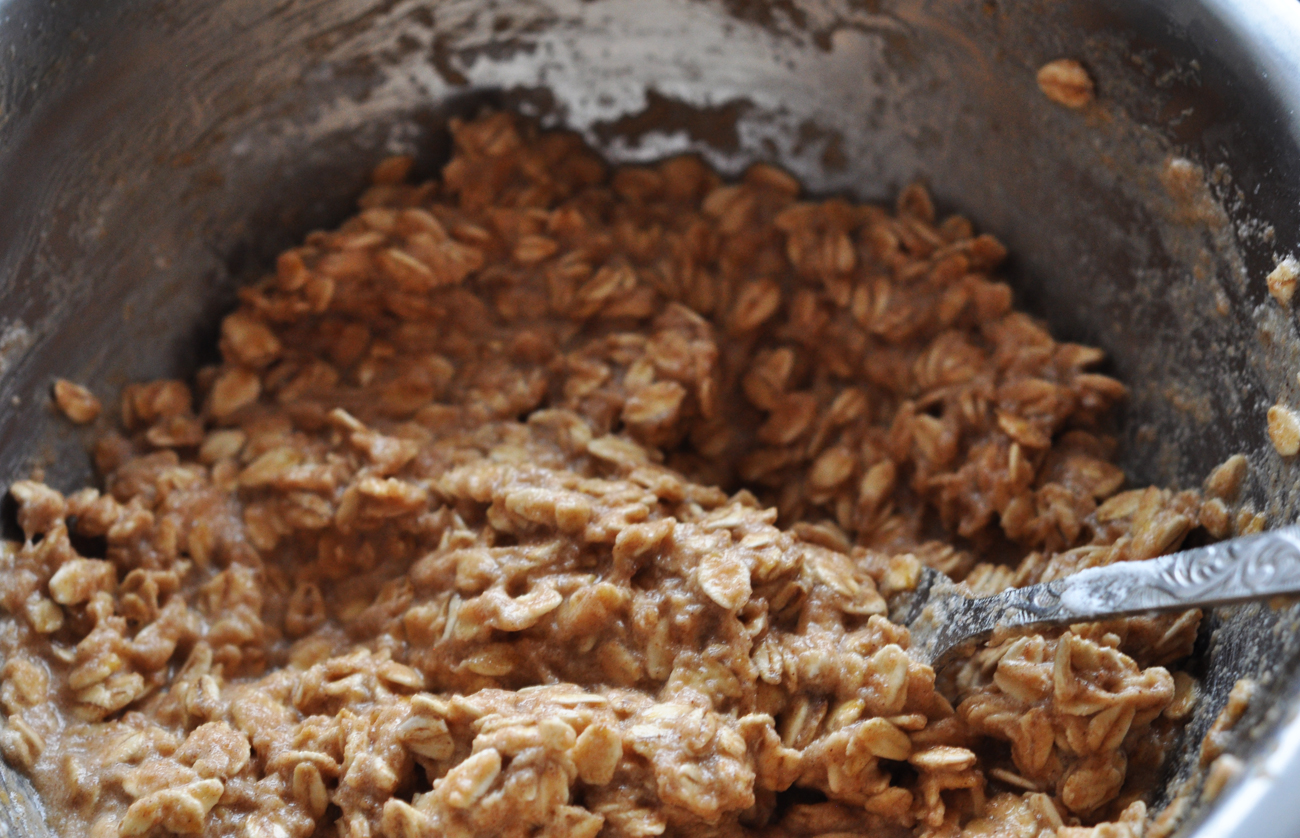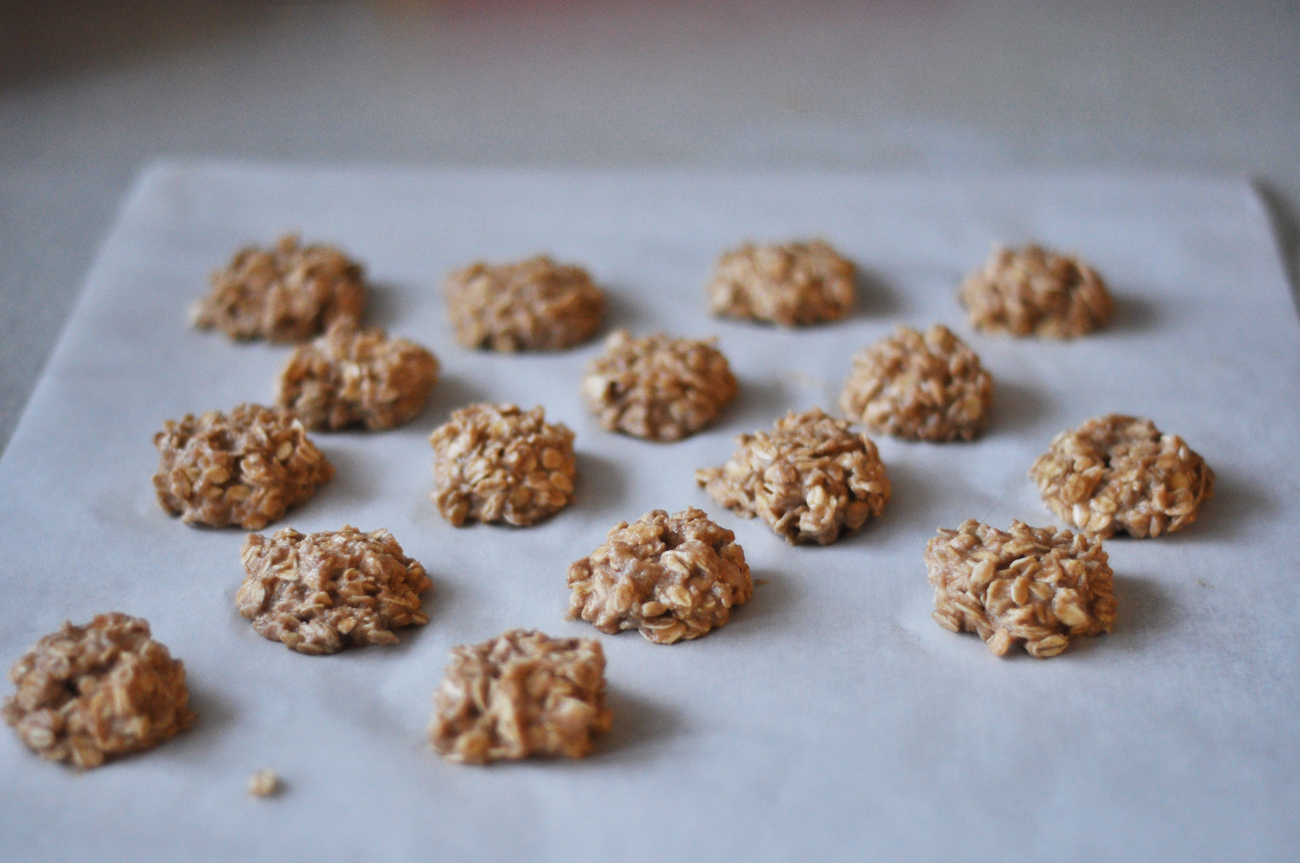
Russian oatmeal cookies are a super healthy snack in war and peace.
Daria SokolovaWhen you come home in the evening, there’s nothing better than sitting down and drinking a cup of tea with a warm oatmeal cookie. You immediately feel cozy and your worries and stress disappear. Ah...
If you want to find the crossroad where healthy meets tasty, then try Russian oatmeal cookies. They are made with Hercules oat flakes, something that every Russian knows since childhood. These unprocessed flakes bear the name of Hercules, the Ancient Greek hero famous for his enormous strength, because it was easier to persuade children to eat oat porridge if it had the name of a great hero.
If children ate Hercules oatmeal for breakfast, they too could have the strength of the legendary hero — as many Russian mothers told their children. In the Soviet Union oat porridge was considered one of the most nutritious breakfasts; rich in fiber and good for digestion. Oats contain natural elements that reduce cholesterol levels and can mitigate depression.
Oatmeal cookies and cakes have long been popular in culinary history. Wild oats came to Europe from China in the 2nd century BC. Oats were used in Ancient Rus' and on the British Isles. The Scots brought oats with them to North America, where it became the most common grain crop. The oat triumphed in the mid 19th century when a mechanical processing method was invented. The oat could now easily be cleaned and flattened, and once processed into flakes the grains cooked faster and were easier to consume and digest.
At the time when it was prepared without sugar the oatmeal cookie was not a delight or snack. In fact, oatmeal cakes often were substituted for bread because they could be preserved longer.
During World War I there was an oatmeal cookie called Anzac was popular in New Zealand and Australia. It stood for "Australian and New Zealand Army Corps," and today the term Anzac is inscribed in Australian law. Once, the oatmeal cookie was called "a soldiers' cookie," and that brings us to the two theories on the cookie's origin.
1. Heat the oven to 180 degrees Celsius (360 degrees Fahrenheit).

Mix room temperature butter with sugar and cinnamon. To reduce the cookie’s calorie content and make it more nutritious, honey or chopped dried fruit — raisins, prunes or dates — can be used instead of sugar.

2. Separate the egg whites from the yolks, and add the yolks to the dough. Mix well and add oats to the dough. To achieve the necessary consistency use natural unprocessed oats, and not processed ones that cook quickly. The oats, however, can be pulverized in a coffee grinder or a blender. Oatmeal flour can be used instead of flakes; in that case ordinary flour won’t be needed.

Add flour and mix all the ingredients.
3. Whip the egg whites in a blender and slowly add to the dough, which should not be very hard.
4. Cool the dough in the refrigerator for 20 to 60 minutes so that the oats swell and soften.
5. Place a piece of foil on a baking tray. Shape the cookies with the help of a teaspoon; make the little balls the size of walnuts, and place them on the foil.

Leave space between the balls because during baking the cookies will rise and spread. Place the tray into the oven for 15 minutes, and when finished the cookies will be soft, though they will harden as they cool.

It’s important not to overcook the cookies otherwise they’ll be too dry. Cool the baked cookies for 30 minutes, and serve them with tea or coffee.
Oatmeal cookies contain 390-440 calories per 100 grams.
If using any of Russia Beyond's content, partly or in full, always provide an active hyperlink to the original material.
Subscribe
to our newsletter!
Get the week's best stories straight to your inbox